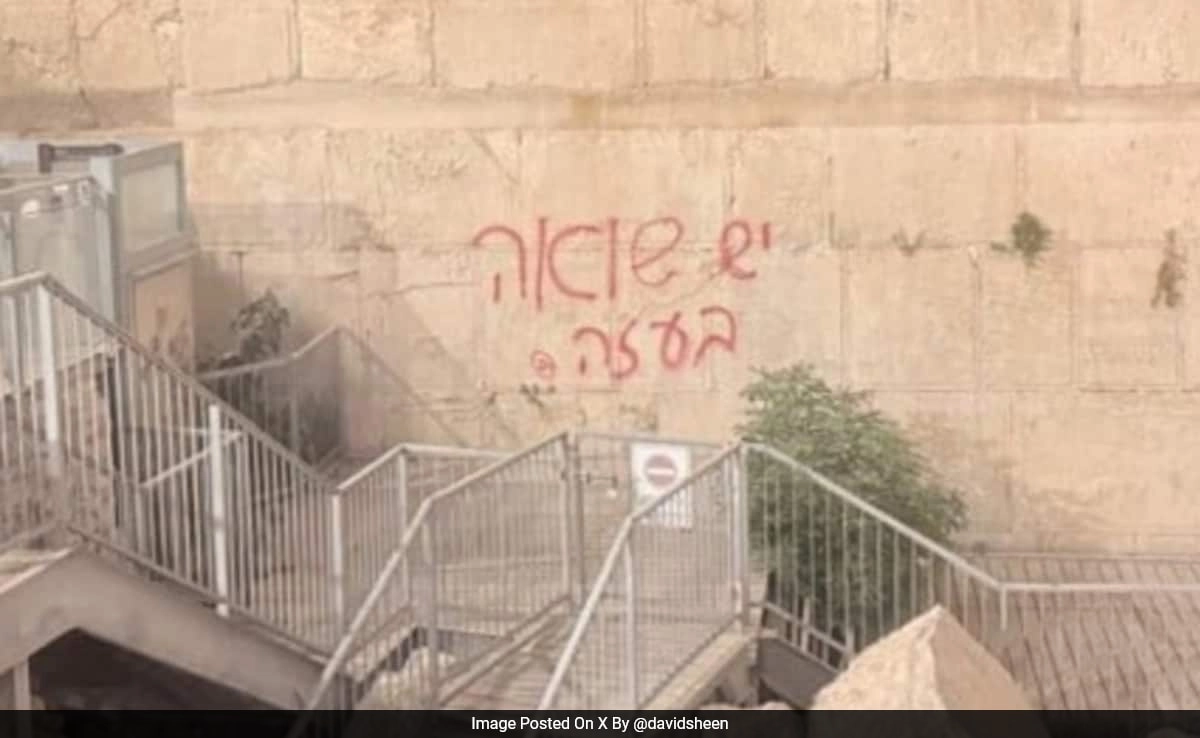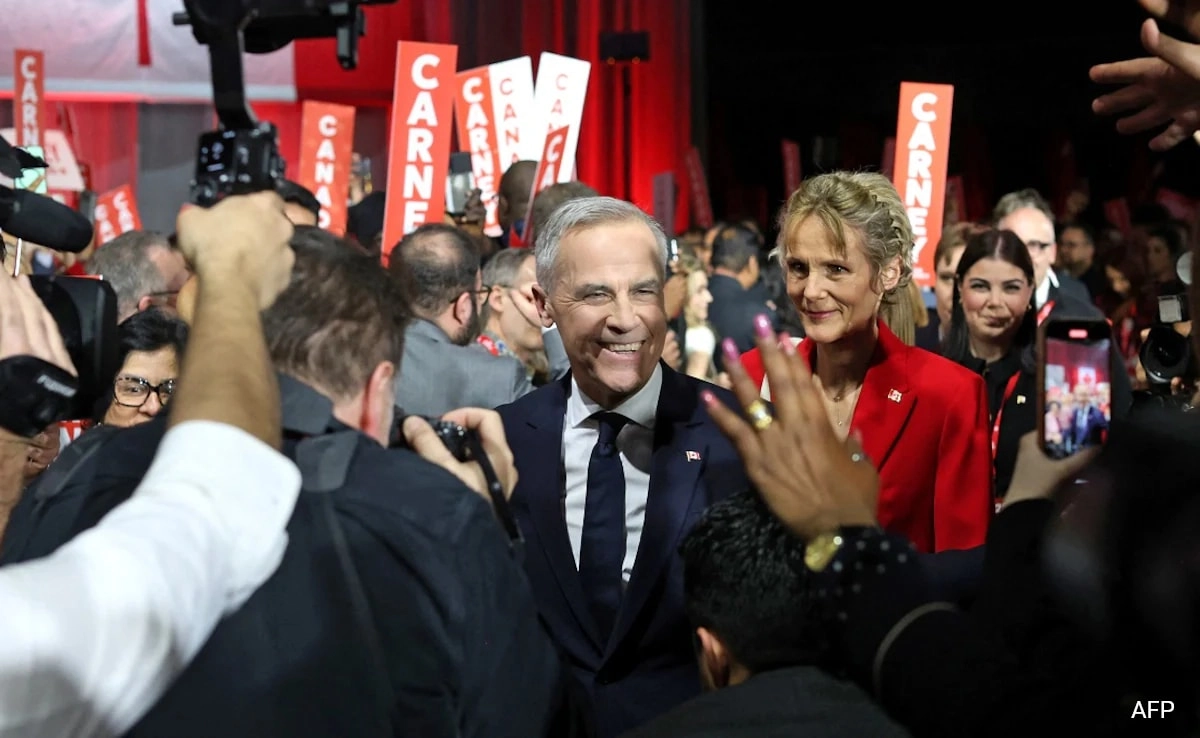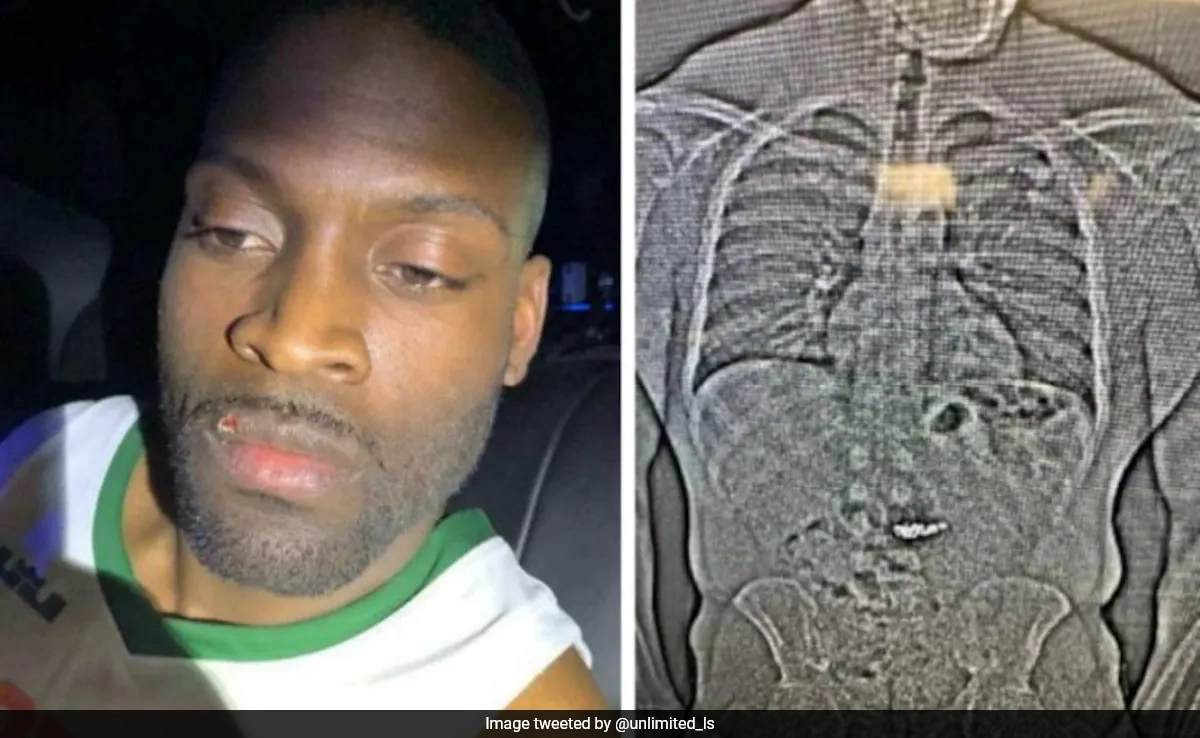An Israeli man has been arrested in connection with a controversial incident involving graffiti that read “Holocaust in Gaza” at a church in Jerusalem. This act, which has sparked considerable outrage and debate, highlights the ongoing tensions surrounding the Israeli-Palestinian conflict and the sensitive nature of historical references in contemporary discourse. The phrase itself evokes strong emotions and is highly provocative, as it draws a parallel between the atrocities of the Holocaust and the current situation in Gaza, which some activists and critics describe as a humanitarian crisis.
The arrest follows a wave of condemnation from various quarters, including local community leaders and international observers who argue that such graffiti undermines the memory of Holocaust victims and trivializes their suffering. Many see the use of the term “Holocaust” in this context as an inappropriate appropriation of historical trauma, which can hinder constructive dialogue about the complexities of the Israeli-Palestinian conflict. The church, a significant religious site, became an unexpected canvas for this contentious expression, raising questions about freedom of speech, artistic expression, and the responsibilities that come with them.
This incident occurs against a backdrop of ongoing violence and political strife in the region, where both sides have suffered and continue to endure loss and hardship. The phrase “Holocaust in Gaza” encapsulates the deep frustrations and grievances felt by many Palestinians, particularly regarding the living conditions in Gaza, which have been exacerbated by blockades and military actions. While some may see the graffiti as a form of protest or a call for attention to suffering, others view it as incendiary rhetoric that could further polarize an already divided society.
As the situation unfolds, it serves as a reminder of the power of language and imagery in shaping public perceptions and narratives. The arrest of the individual responsible for the graffiti may lead to further discussions about the boundaries of expression, particularly in relation to sensitive historical events. The debate surrounding this incident continues to reflect the broader complexities of the Israeli-Palestinian conflict, where historical memory, identity, and the quest for justice intersect in often painful ways. The dialogue ignited by this act of vandalism could lead to a deeper examination of both the legacies of the past and the urgent needs of the present.




